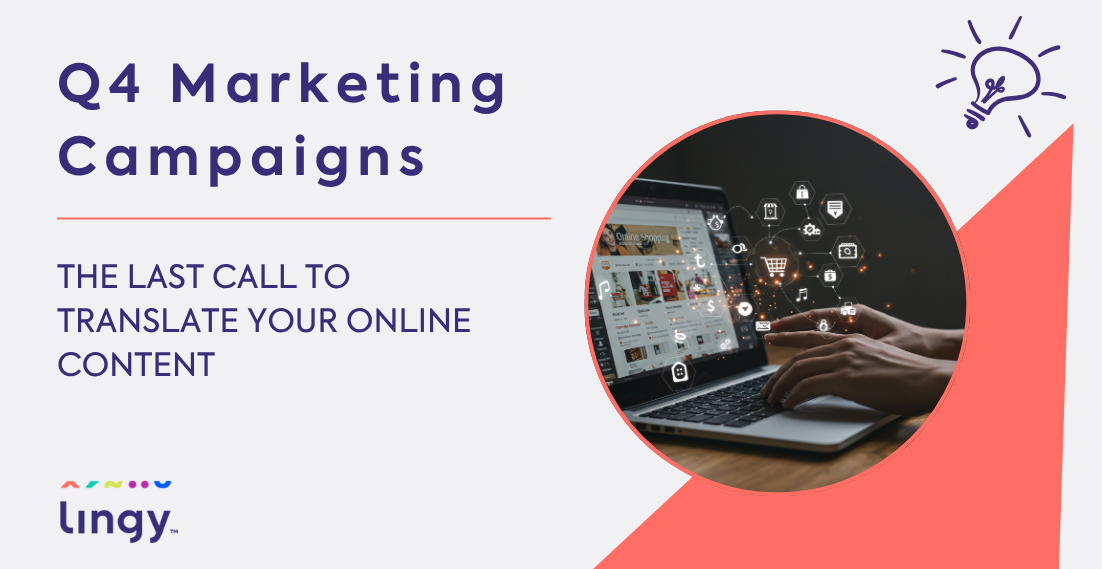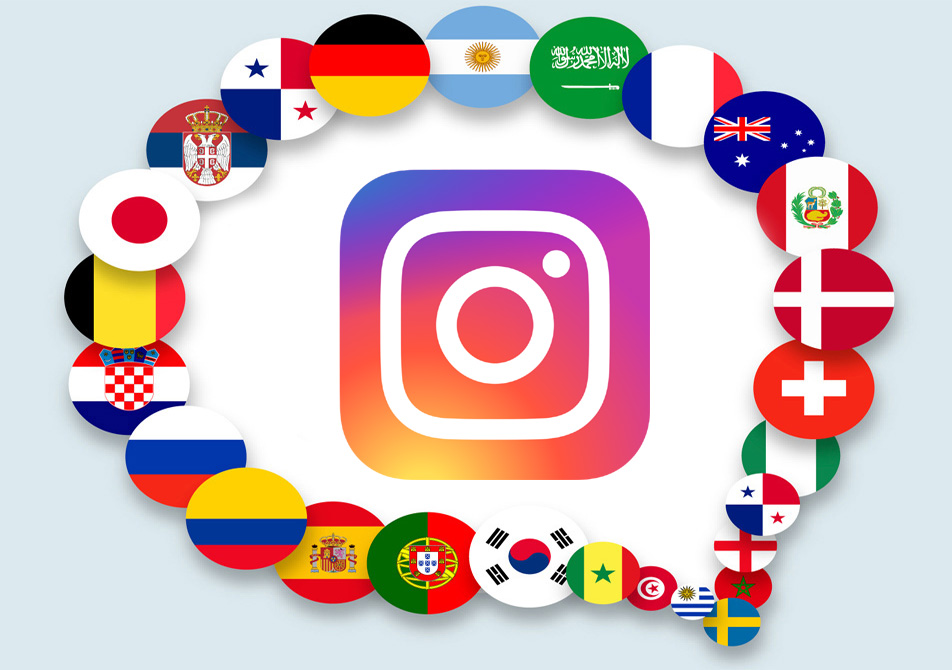Content marketing – what is it and how should it be managed at a multilingual company?

Ever since media, and Internet in particular, have become the required components of our daily lives, the quality of products and services of a company have become important as well as the content that is used to acquire and retain a customer. Besides a number of other factors, content can have a huge impact on sales also made abroad, as long as the content-related activities are well thought-out and utilise market potential.
Content marketing – the strategy of creating and distributing valuable and attractive content to arise interest in a particular group of recipients and encourage its members to take specific action, e.g. make a purchase or register in a system. The assumption itself sounds clear but introducing this idea into practice with a good result is not as simple. This type of marketing is based on communication, which requires flexibility and uniqueness in activities, while retaining a certain level of routine that makes customers trust you.
How to prepare content marketing?
In practice this means, for instance: managing a company blog, updating the company website with valuable content, mailing newsletters, joint campaigns with influencers, building a company image as an expert through specialised articles and distributing content in all channels where it converts well (into purchase, clicks, certain reaction of the user, etc.). The details of a content marketing strategy always depend on the industry sector, competition, resources and funds of the company.
What is content marketing and what is not content marketing?
Before we discuss multilingual content, let’s look at two issues. First of all, many people identify content marketing with social media marketing. Of course, one does not exist without the other, but both involve different types of activities. Posts, photos, relations uploaded to company profiles all constitute content while sharing it is a part of content marketing. A content marketer develops the core and structure of content on a company website, while social media is used to share such content to a further audience. The main purpose of social media marketing is to acquire new recipients (customers), through social media activities. In smaller companies, social media marketing may be sufficient to some extent but once the company grows, further steps and an entire content marketing strategy will be required.
Secondly, it is very important in content marketing to notice the difference from traditional advertisement – namely a certain level of passivity. It is a type of communication that cannot be aggressive, and the less it reminds users of an ad, the better. Joe Pulizzi said that this is the art of communicating with your customers and prospects without selling*. Content marketers are not sales representatives. Their aim is not to sell. Imagine that you are walking along a street and pass a café. Your sight is attracted to a board encouraging people to enter. The text is so clever and funny that you promise yourself that you would return here for a coffee. Or perhaps, you go in right away. This is a very probable scenario, right? And this is how content marketing works – but it is usually virtual.
*Quote from Epic Content Marketing, a book by J. Pulizzi, 2014, p.6.
Content marketing and translation?
There is a lot of information online regarding step-by-step creation and implementation of content marketing strategy at a company. Operating in difficult industries requires well-planned steps but numerous tips of experienced marketers will be helpful here. Slightly less is talked about in Poland about creation of multilingual content in content marketing activities. These are aspects that will certainly be interesting to entrepreneurs selling or wishing to sell their services and products abroad. With such progressing globalisation, sooner or later, it will be necessary to start communication in foreign languages. This will involve creation of an appropriate team and well-planned strategy. What is worth taking into account when considering going global?
Content marketing in a foreign language
First of all, before you start your content marketing activities in foreign languages, assess whether your activities are effective “at home”. If your content works properly, effects will be visible in such data as: website traffic, conversion, increasing number of customers, improved position in Google search results. If you haven’t noticed such multi-dimensional benefits, it is highly probable that you publish content but it does not necessarily have anything to do with actual marketing. Keep in mind that only proper technical resources and skills of preparing an effective content marketing strategy for Polish recipients will give you a large chance of adjusting its activities effectively to a completely different cultural group.
Research in content marketing
Before you request a translation of 60 articles from your company blog into three languages to be done by specialists, ask yourself several important questions and complete an in-depth research. When doing so, think about the following:
- Do you want to promote your company on a foreign market as a Polish brand or do you prefer to build an independent image from scratch?
- Was the content on your website created to suit the Polish market specifically, or is it universal?
- Do you have access to the entire website structure to be able to create a foreign-language version, not only in texts and description, but also in the widgets footer and menu?
- Where are your recipients located and what language they use?
- Who are popular influencers and how are campaigns done in cooperation with them?
- Who is the model recipient on your new market and how will they differ from the Polish recipient?
You have to answer the above and other questions. Researching foreign markets, your potential competition and, most of all, the recipient group and its location, should be the first few steps to building a proper strategy. Without conscientious preparations, you will act intuitively and you will most likely spam your recipients with unwanted content, not adjusted to their needs.
Keywords for the Google search engine
Just like you ensure proper SEO optimisation of content published in your native language, you should do so when wishing to publish content in foreign languages. Focus on the keywords. This can be problematic. Some universal phrases acquired from English will be frequently searched for in the same format, in Poland, Germany and Czech Republic, for instance. However, other words may not have been adopted at all so you will need to find their local equivalents. The appropriate tools and help of the SEO department are also necessary here. SEO departments face different challenges, such as the structure of the domain and ensuring correct indexation of the translated websites.
Multilingual content requires teamwork
Usually, more than one person will be necessary to enter foreign markets. Even if you imagine this being possible, you will need a specialised team that communicates in a given language, in order to manage multilingual, comprehensive content marketing. Cooperation with good translators, preferably native speakers, is very important. It would be best if they were familiar with communication in social media. It is not easy to create posts that are well-received if you don’t know the language and culture thoroughly.
If you are targeting several new countries, it would be best to gather a team of marketers operating in those countries, who know the local markets well and who will be able to adjust activities to match the market needs. Remember about practical aspects as well. The team is important as much as tools and method of management. Own platform or external system? Videoconferences and remote team management or regular meetings? You will face such dilemmas when implementing multilingual communication.
And finally…
When you create unique content, you have to keep in mind that some global universal aspects apply to residents in every country but they will only be received well when they are approached from the local point of view. Don’t be afraid to consider such ideas but be sure to try to match communication to your recipients and be as close to their actual needs as possible.
Remember about emotions and try to evoke only positive ones! Content does not only mean you are silently chasing a customer. It is mainly a message and an attempt of making contact or initiating a conversation. Just like in every relationship, emotions will always be the accompanying aspect.
Other articles:
4 Reasons why you should set up a Multilingual LinkedIn Profile
What are Google Docs and what you don’t know about them yet?
Translation for your business? We will take care of it!
Website translation – what content do you need to get started?
Let’s see how to approach website translation strategically and decide which content is essential at the start.
Christmas Sale and Google Ads Campaign – How Marketing Translation Boosts Your Holiday Advertising
The Christmas season is a peak period for every marketing team and marketer. From e-commerce stores to service providers, everyone competes for the attention of shoppers ready to spend. A well-planned Google Ads campaign can make or break your holiday sales. But even the most creative advertising copy will fall flat if your message isn’t […]
Q4 Marketing Campaigns – The Last Call to Translate Your Online Content
In the last quarter of the year, many companies – especially in e-commerce – record their highest sales figures. Christmas shopping, clearance events, and Black Friday promotions encourage purchases not only because of discounted prices but also, due to powerful marketing campaigns that spark consumer excitement.
Tips for Managing your Multilingual Instagram account correctly
Instagram Marketing Strategy in a Globalized World Today, Instagram is the most popular social media platform that exists. People of all ages and backgrounds are trying to optimize their usage of it, from everyday users aspiring to be influencers to brands exploring the enormous range of opportunities Instagram offers in social media marketing. Instagram is […]



